To enable Nullable Reference Types for all code in a project, add the following to its .csproj file:
<PropertyGroup>
<Nullable>enable</Nullable>
</PropertyGroup>
Alternatively open the Project Properties UI, search for nullable and select the option you want:

To enable this in all projects in the solution, add the property to a Directory.Build.props file instead. You can use such a file to specify other properties across multiple projects too.
If you're targeting a version of .NET earlier than netcoreapp3.0, you'll also need to set LangVersion to 8 or higher, as Nullable Reference Types were added in C# 8:
<PropertyGroup>
<Nullable>enable</Nullable>
<LangVersion>8.0</LangVersion>
</PropertyGroup>
For older Visual Studio versions:
- You must be using at least VS 16.0
- In 16.0 preview 1, set
NullableReferenceTypes to true.
- From 16.0 preview 2 to 16.1, set
NullableContextOptions to enable.
- From 16.2 preview 1 onwards, use
Nullable as above.

